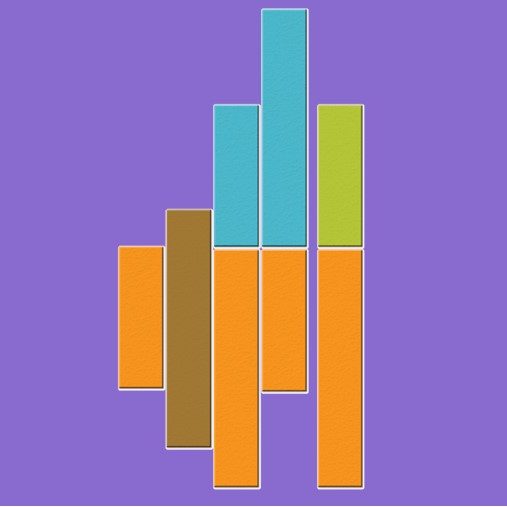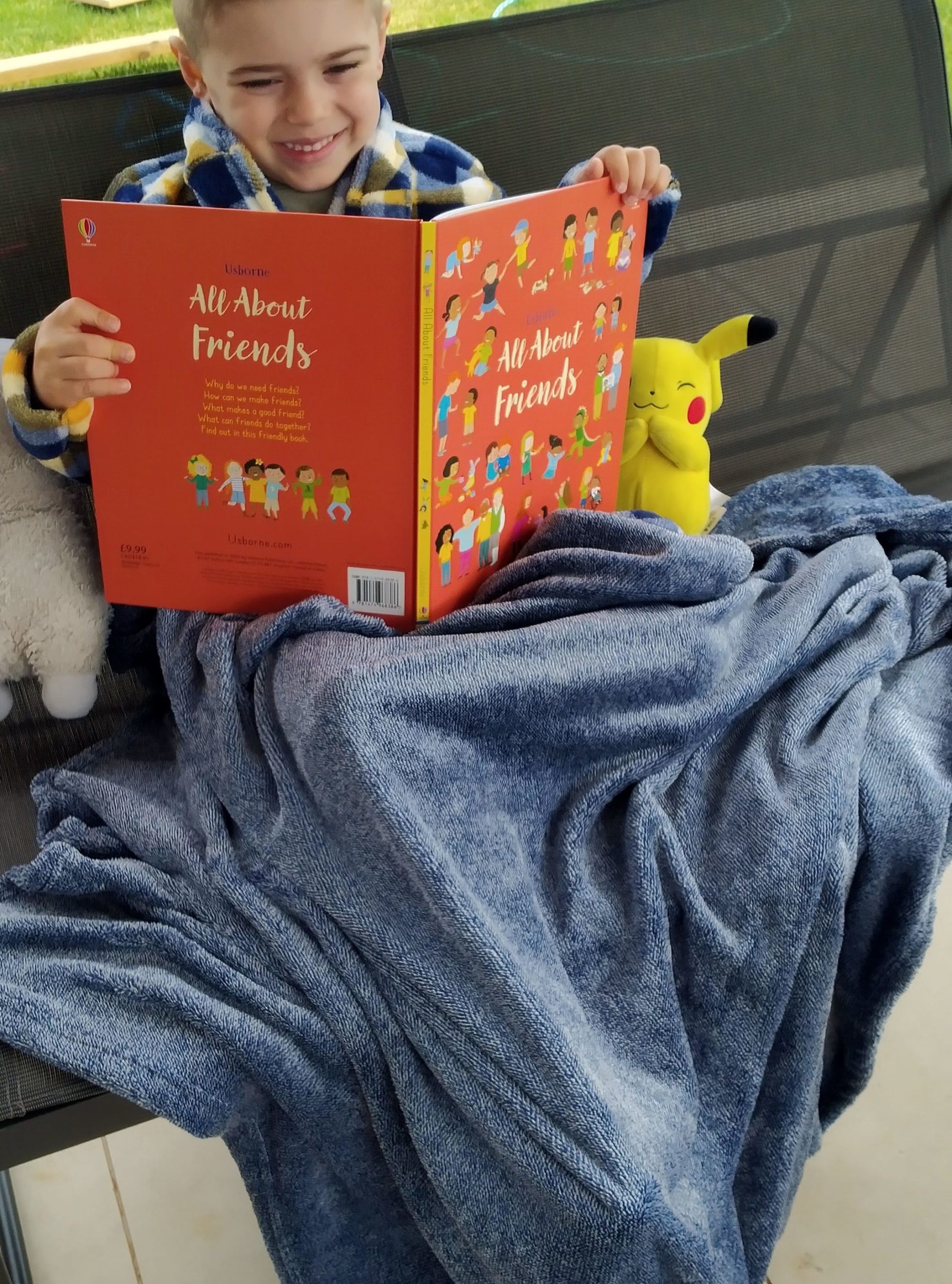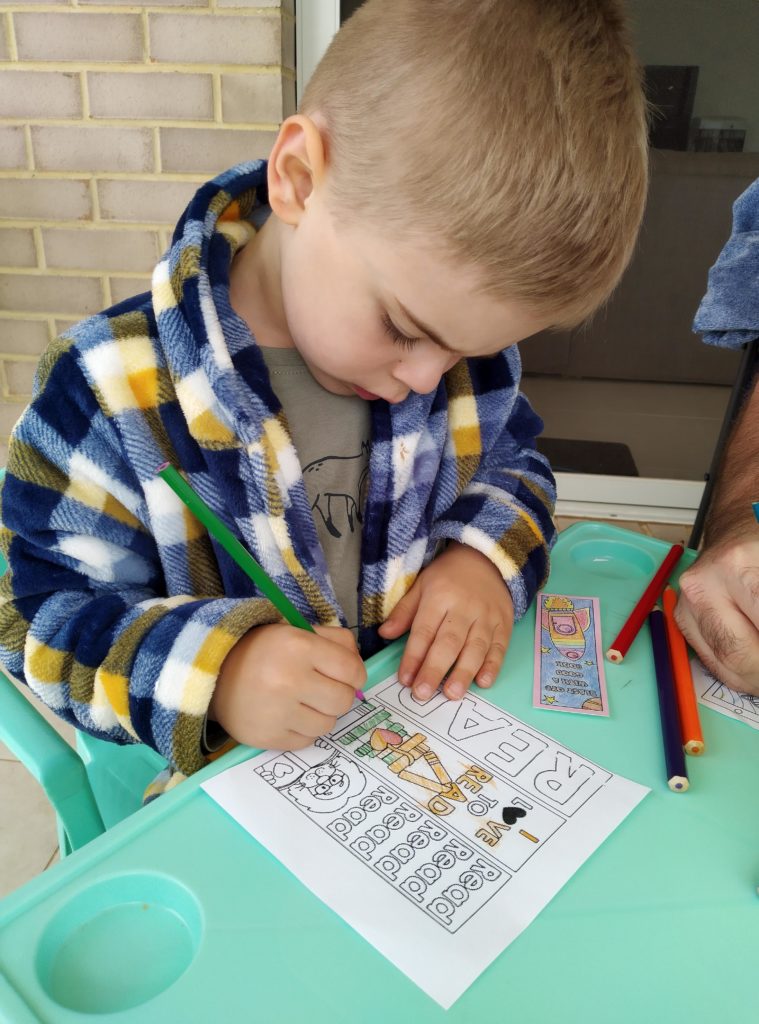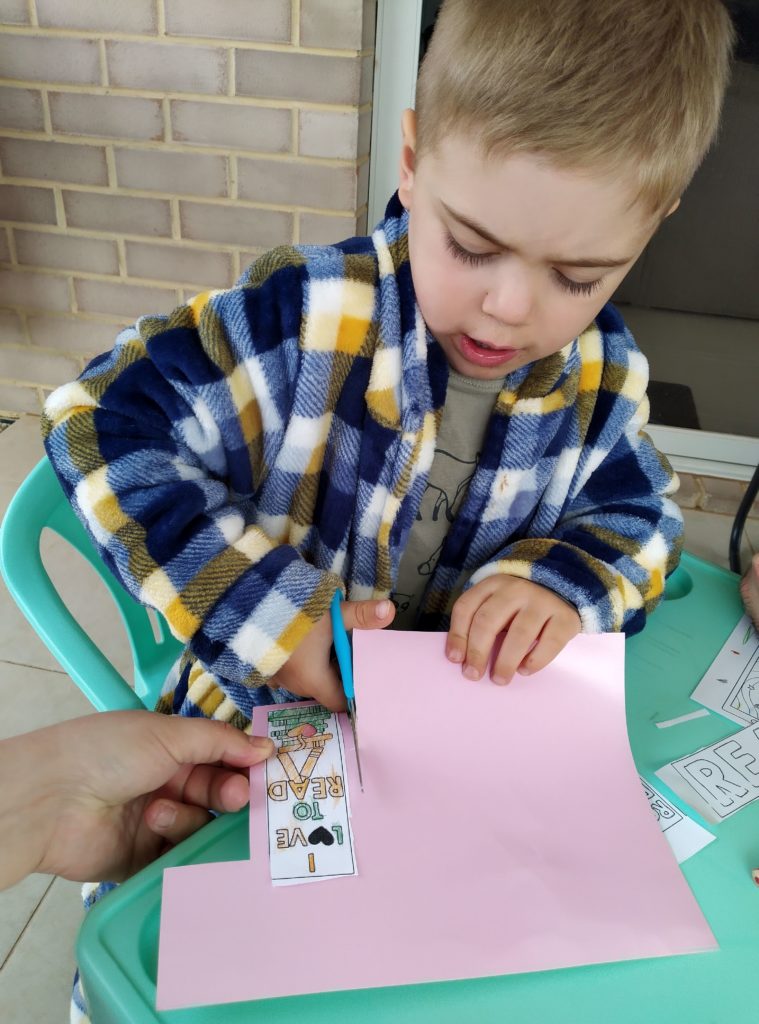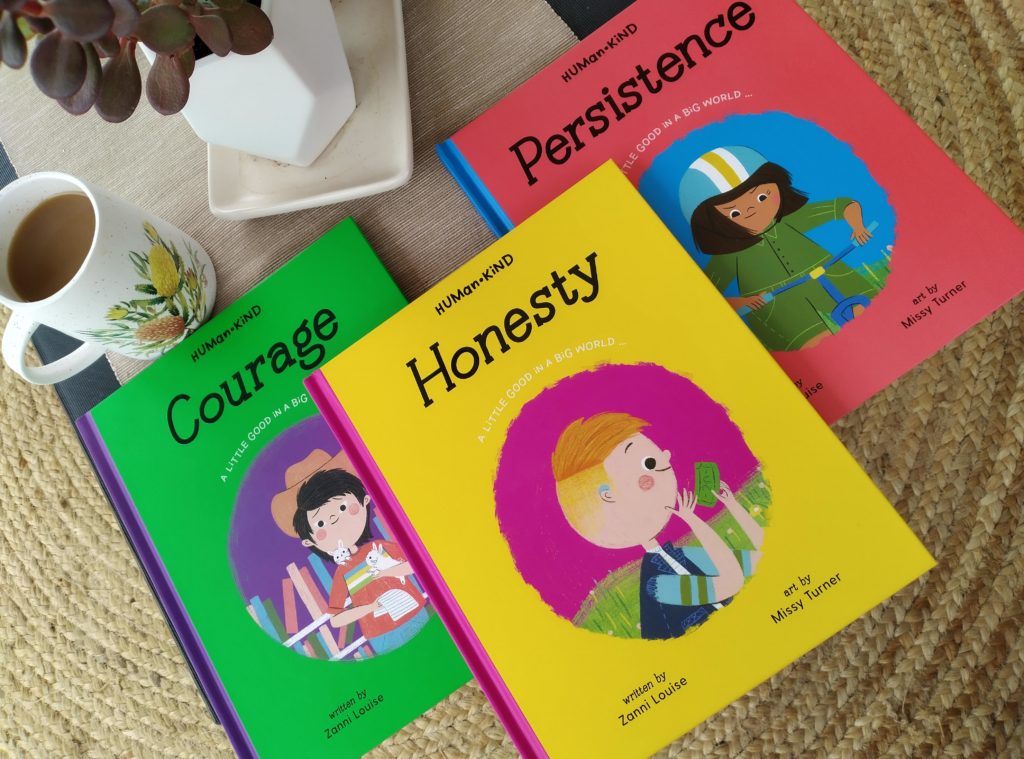We’re currently unpacking our understandings of and fostering E’s emotional and social development.
We’re using a range of resources to identify various feelings, using images, symbols and letters to support our learning. Doing this supports E’s ability to communicate how he is feeling as he learns to cope and manage his feelings.
E decided after looking at some images of feelings, to try and replicate the expressions. He couldn’t see himself as we didn’t have a mirror nearby, however I did have my phone. So E acted out each feeling in the book and a few more that he and I could think of, responsive of some of the big complex emotions he’s been experiencing. We thought this was clever, fun and silly. He looked back at them with me and had a good laugh, appreciating that he could make so many different faces.
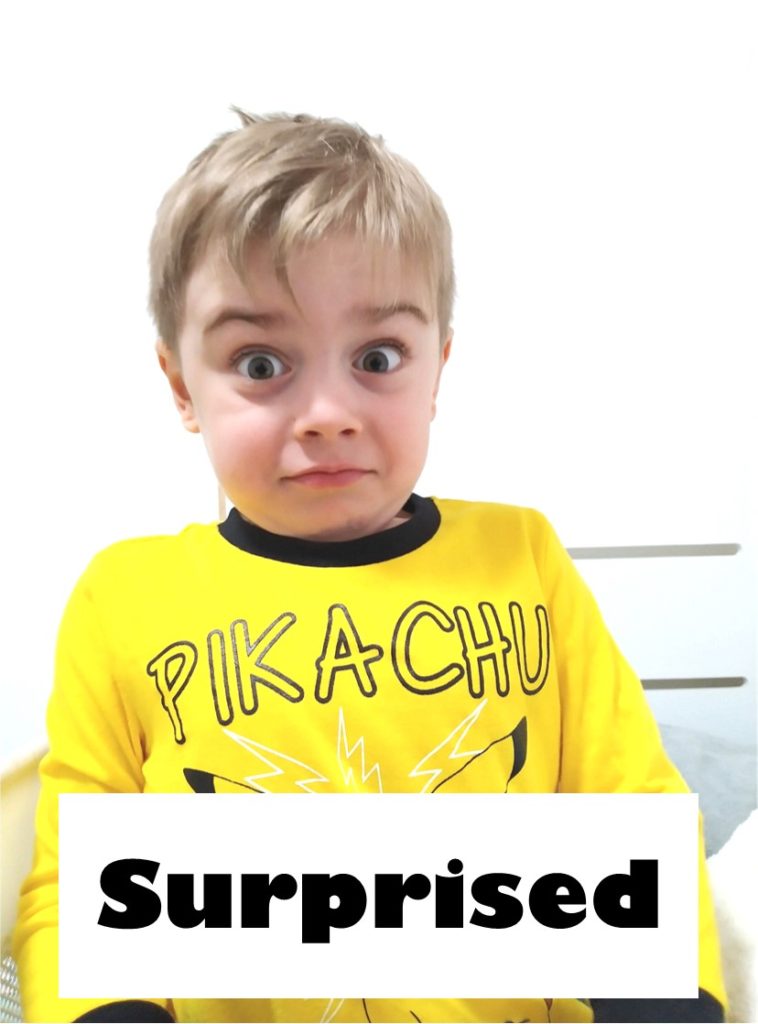
Together we noticed something interesting about his sad and lonely faces. They look the same. E explained that sometimes they feel the same but also a little different. This is interesting as E is struggling to cope with and manage some of his feelings during social play, retreating and feeling sad when his friends want to play with others. We’ve been learning about loneliness, and how being alone doesn’t mean we need to be sad and lonely. E has been attending care since he was 5 months old, so he has been rather lucky to have been surrounded by constant companionship. Unfortunately, he doesn’t seem to enjoy his own company and all the joys that being alone can bring. We have therefore been finding moments at home to encourage this more (he is an only child but it’s not as though we spend every minute of the day playing with him). One example of this was when E visited upside-down world.

E accidentally rediscovered/noticed there was a whole other “level” on the underside of his table (it’s been flipped for a long while). Asking for me to flip it I decided to be silly and play pretend. I couldn’t flip the table because it was upside-down world. His logical brain started to ponder this and reasoned that he could flip it, showing me what I had to do. I laughed and shared that I was playing pretend. He liked this. I invited him to visit upside-down world by laying on his back and looking up. I gave him his Chipchip (a crocheted chicken toy) and Rabbit toy, and said that they lived there. He joined the pretend world and used his imagination to walk them on the underside, designating homes to them. He used his balance cushion as a cushion for his head to rest. It was quite a fun way to use our imagination and I recall learning somewhere that inverting our heads/even if just laying down on our backs looking up, is good for our sensory processing/vestibular system. I might try this more often, maybe even do some upside drawing or car racing!!! E played on his own for a while, enjoying his own company in this imaginary world.
I found another opportunity to promote learning about social and emotional concepts the other day, when we spent some time in the fresh, morning air reading our “All about friends” book. Because it was such a big book we couldn’t finish reading it in one sitting, so we had to remember the last page we read ready for the next time we picked it up. I decided to teach E about bookmarks. Jumping on the computer we found some stencils for colouring in. We sat outside and whilst I demonstrated initially as E is not a huge arts and crafts fan, I found the perfect moment to step away and leave him to his own play and creativity. It was a great activity to practice learning dispositions such as concentration, persistence, and resilience, kindness for others (he made me one and I made one for him), whilst developing skills and promoting interest in arts and crafts.
Another opportunity where we could learn to identify and articulate how we were feeling presented itself last night. Our favourite cuddly friend Little Llama took a bath with our cuddly friend Panda, and her hair turned from white to blue. E definitely disliked this change and become quite upset. We talked about what happened to Little Llama (we have a Big Llama friend as well, so the differentiation is necessary) and how it made E feel. We then spoke with Little Llama and asked her how it made her feel, to hear that E didn’t like her new hair colour. She said that it made her feel blue. We were able to learn that sometimes feelings can have different names, and sometimes feeling sad, can be called feeling blue. E learnt that Little Llama was still the same on the inside and that she still loved him, but being sick at the moment and having a super early morning, he was beyond tired and extremely emotionally sensitive. It took a lot of communication about trying to fix Little Llama, as well as kindness and reassurance from mum, to help him settle to sleep that night. He knew he needed and wanted his cuddly friend for sleep, but he also knew he didn’t want her when she was blue, because she wasn’t meant to be blue.
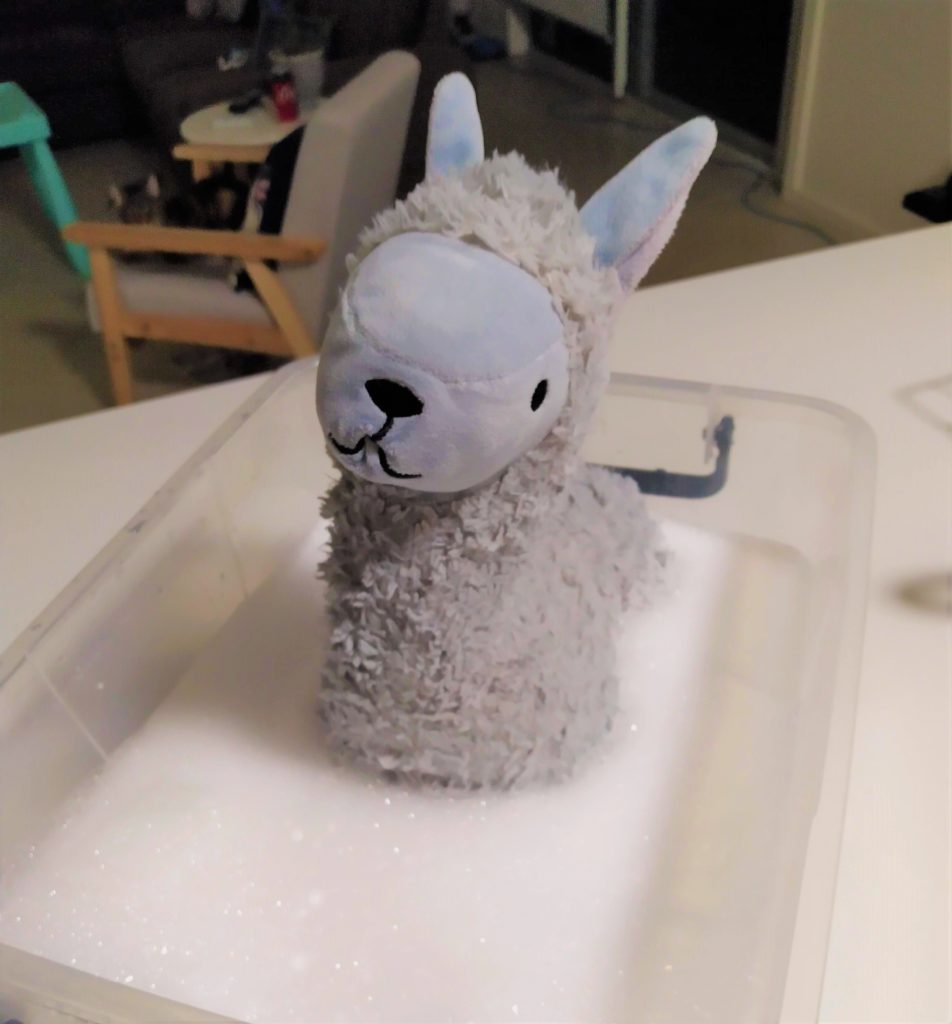
A fan of children’s literature, I’ve also recently sourced some lovely books to support our understandings of social and emotional development as well as dispositions for learning. E loves reading stories with us, especially at bedtime.
What ways do you support your child’s social and emotional development? Do you notice moments where you can intentionally foster their understandings and capacities? Do you plan activities? What do your practices look like? For me the most important approach when supporting children’s social and emotional wellbeing, is being accessible, recognising the significance of relationships with trusted and kind individuals who help children feel safe, secure and respected.
